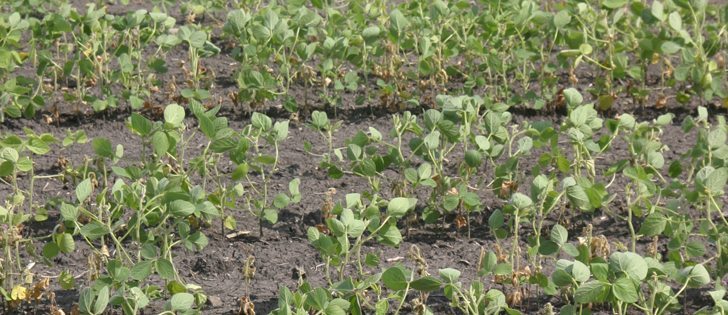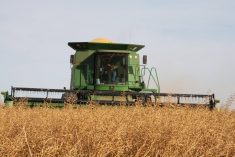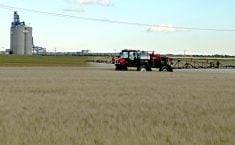CALGARY — For a plant living in a prairie field, death by drought lurks just around the next El Nino
The physiological trauma that occurs within that plant during drought is a bit more complicated than “it just ran out of water and dried up.”
A plant cannot put itself into the “hold mode” for a few extra days waiting for help to arrive in the form of rain, says Dr. David Simbo, crop specialist with the Lakeland Agricultural Research Association in Bonnyville Alta.
A plant cannot think. It doesn’t know whether rain is coming tomorrow or in six weeks. It can only react to the immediate situation, and if that situation is water deprivation, then the dying process automatically begins.
Read Also

Canada told trade crisis solutions in its hands
Canadians and Canadian exporters need to accept that the old rules of trade are over, and open access to the U.S. market may also be over, says the chief financial correspondent for CTV News.
“The plant normally takes in carbon dioxide for photosynthesis through the stomata in the leaves,” explains Simbo.
“But during drought, as a means of reducing water loss, the plant will close the stomata. When that happens, carbon dioxide no longer goes into the leaves. The process of photosynthesis is hampered by the lack of water and the lack of carbon dioxide.
“Chlorophyll, the green pigment in the leaves, starts to break down since it’s not being used. That’s why a plant at the beginning of drought looks yellowish. The green chlorophyll is breaking down. Now, the plant needs every mineral and metabolizing possible to survive.”
Once the yellowing starts, Simbo says nitrogen is pulled off the leaves because it no longer performs its normal functions. Nitrogen instead starts to synthesis proteins to help the plant adapt to the stress.
Once it reached that point, it stops growing upward. In its desperate quest for water, all metabolism is now channelled down into the roots, pushing them outward and downward in search of moisture. The roots become longer and root hairs become more numerous.
“In addition, sugars in the roots become more concentrated so they can better absorb water by osmosis. All these things happen so the plant can adapt to that drought stress.
“So much of the chance for survival depends on the soil type and porosity, how well it holds the water. If there is enough moisture down deeper in the soil, sometimes that will save the plant. But shoot growth has already been compromised, and so will the productivity and yield.
For more information, contact David Simbo at 780-826-7260.


















